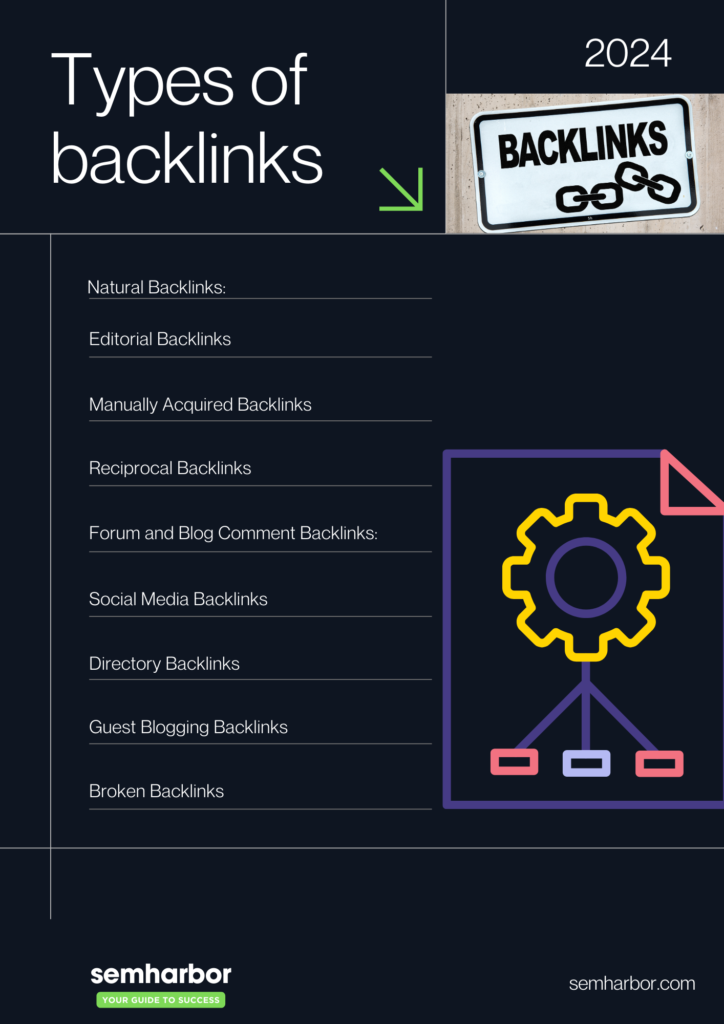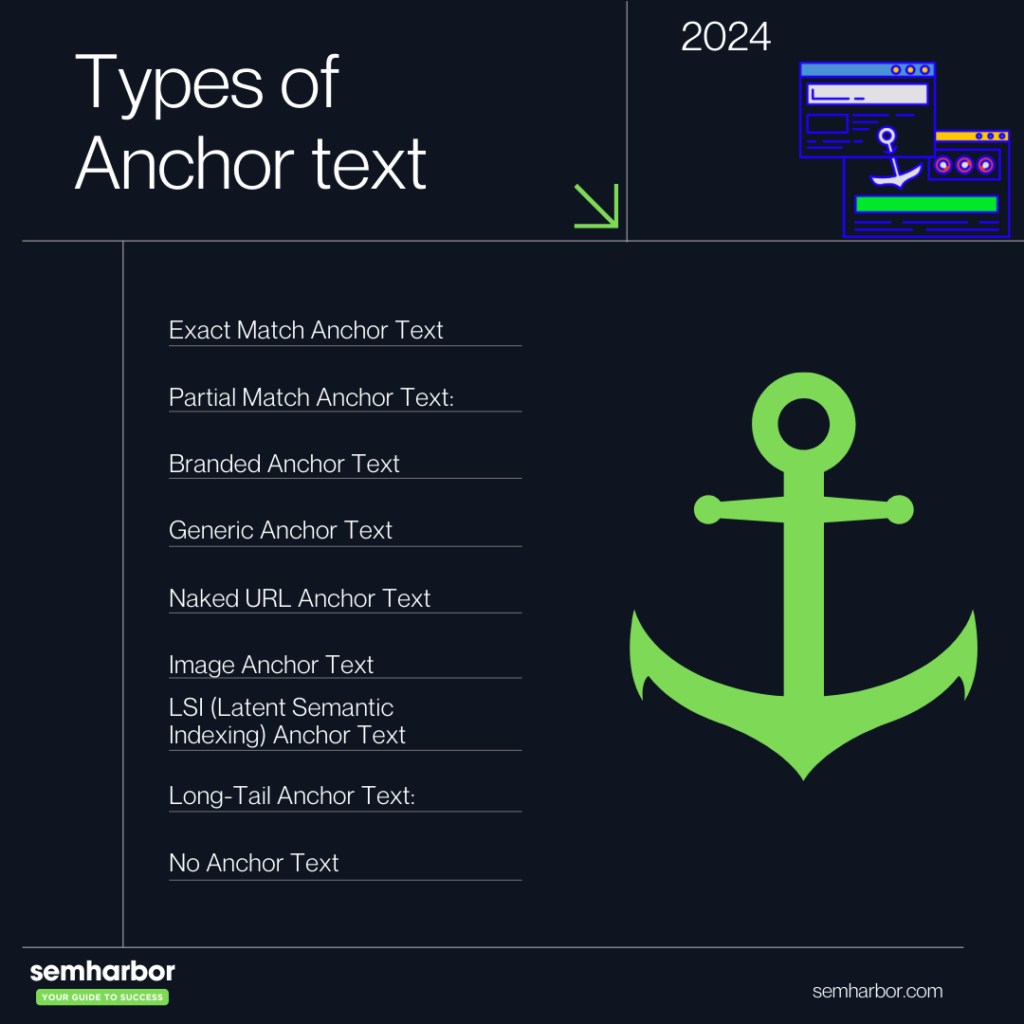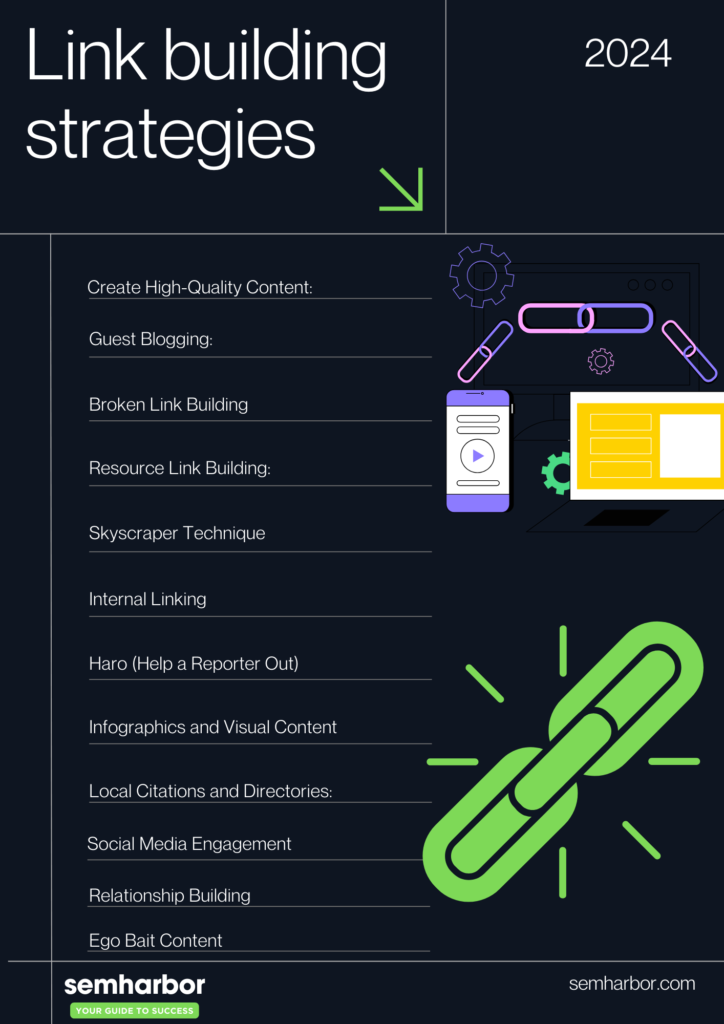Want to boost your website’s visibility on search engines but feeling overwhelmed by all the SEO terminology? In this article, we’ll explain the key terms you need to know to improve your website’s ranking on search engine results pages (SERPs).
Understanding SERP (Search Engine Results Page)
When you type a query into a search engine, the results that appear on the page are known as the Search Engine Results Page or SERP. It’s where websites battle it out for the top spots, aiming to grab the attention of users and drive traffic to their pages.
The SERP is made up of various elements, including organic search results, paid advertisements, featured snippets, knowledge panels, and more. Understanding how the SERP works is crucial for optimizing your website and increasing its visibility.
One of the key factors that determine your website’s ranking on the SERP is relevance. Search engines use complex algorithms to analyze the content on your website and determine how relevant it is to a user’s search query. The more relevant your website is, the higher it will rank on the SERP.
But relevance is not the only factor that seo take into account. They also consider the authority of your website, which brings us to the next term we'll explore: backlinks.Importance of backlinks in SEO
Backlinks, also known as inbound links, are links from other websites that point to your website. They are like votes of confidence from other websites, indicating that your content is valuable and worth linking to. In the eyes of search engines, backlinks serve as a signal of trust and authority.
Having high-quality backlinks can significantly improve your website’s ranking on the SERP. Search engines see backlinks as a vote of confidence from other websites, indicating that your content is trustworthy and relevant. The more high-quality backlinks you have, the more authority your website will have in the eyes of search engines.
Backlinks are like votes of confidence in the digital realm, serving as a testament to a website’s trustworthiness and value.
Let’s explore the different types of backlinks and how to acquire them.
Types of backlinks
There are several types of backlinks, each with its level of value and impact on your website’s SEO. Understanding the different types can help you craft a backlink strategy that will improve your website’s visibility and drive more organic traffic.

Naturally Earning Trust: The Power of Organic Backlinks
Natural Backlinks: These gems arise organically when other websites find your content so valuable they link to it without any prompting. It’s a testament to the high quality and informative nature of your work.
Editorial Backlinks: These reside within a webpage’s content, seamlessly woven in because your content offers relevant insights that enhance the topic at hand. They demonstrate the natural value your content brings to the discussion.
Crafting Your Backlink Strategy: Proactive Link Building Techniques
Manually Acquired Backlinks: Here, you take the reins by engaging in outreach or guest blogging. This involves reaching out to relevant websites and offering valuable content they’d be happy to link to.
Guest Blogging Backlinks: By contributing well-researched and informative guest posts on reputable websites, you can earn high-quality backlinks that bolster your SEO efforts.
Broken Backlink Strategy: Unearth broken links on relevant websites and reach out to the owners. Suggest your resourceful content as a potential replacement, potentially acquiring a valuable backlink.
Approaching Backlinks with Caution: Techniques to Navigate Carefully
Reciprocal Backlinks: While once prevalent, search engines now hold these link exchanges under close scrutiny. Excessive reciprocal linking can be penalized, so tread carefully.
Forum & Blog Comment Backlinks: When your contributions on forums or blogs are relevant and insightful, the links within those comments can be beneficial. However, be wary of automated or spammy tactics that can hurt your SEO.
Expanding Your Reach: The Value Beyond Traditional Backlinks
Social Media Backlinks: Although these links might not directly impact SEO as much as others, they can drive valuable traffic and increase your website’s visibility. Consistent engagement on platforms like Facebook, Twitter, and LinkedIn can build your brand reputation.
Directory Backlinks: While some high-quality online directories offer valuable SEO benefits, many are low-quality and can negatively impact your website’s credibility. Carefully research directories before submitting your website.
Imagine each backlink as a virtual nod of approval, propelling your website towards the coveted top search results.
Now that we’ve covered the different types of backlinks, let’s dive deeper into the role of anchor text in backlinking.
Anchor text and its role in backlinking
Anchor text is the clickable text in a hyperlink. It serves as a description of the linked content and helps search engines understand the context and relevance of the linked page. Anchor text plays an important role in backlinking, as it provides additional information to search engines about the content on your website.
There are different types of anchor text, and each type has its level of impact on SEO.
Common types of anchor text

1. Exact Match Anchor Text:
This type of anchor text uses the exact keyword or key phrase that you want to rank for.
For example, if you want to rank for the keyword “best SEO tools,” you would use that exact phrase as your anchor text.
While exact match anchor text can be effective, it’s important to use it sparingly to avoid over-optimization.
2. Partial Match Anchor Text:
Partial match anchor text includes variations of the target keyword or key phrase. For example, if your target keyword is “best SEO tools,” you could use variations like “top SEO tools” or “SEO tools for beginners” as your anchor text. Partial match anchor text provides more context and helps search engines understand the topic of the linked page.
Anchor text is like a hidden guide, subtly signaling to search engines and users what to expect when they click on a link
3. Branded Anchor Text:
Branded anchor text uses the name of your brand or company as the anchor text. For example, if your brand is called “SEO Master,” you would use “SEO Master” as the anchor text. Branded anchor text helps build brand recognition and can be effective for link building.
4. Generic Anchor Text:
Generic anchor text uses generic phrases like “click here” or “learn more” as the anchor text.
While generic anchor text doesn’t provide much context to search engines, it can still be valuable for driving traffic to your website.
Let’s explore another important aspect of SEO: domain authority.
Domain authority is a metric developed by Moz that predicts how well a website will rank on search engine results pages (SERPs).
It is measured on a scale of 1 to 100, with higher scores indicating a greater ability to rank.
Domain authority takes into account various factors, including the number and quality of backlinks, the age of the domain, and the relevance of the content.
Having a high domain authority can significantly improve your website’s visibility and increase its chances of ranking higher on the SERP.
Search engines see websites with high domain authority as more trustworthy and authoritative, which can lead to higher rankings.
Domain authority is like a website’s reputation, a testament to its trustworthiness, credibility, and influence in the digital realm
Building domain authority takes time and effort. It requires consistently creating high-quality content, acquiring high-quality backlinks, and optimizing your website for SEO. By focusing on these factors, you can gradually increase your website’s domain authority and improve its chances of ranking higher on the SERP.
Now that we’ve covered the importance of backlinks, anchor text, and domain authority, let’s explore some effective link-building strategies that can help improve your website’s visibility.
Link building strategies for improving website visibility

Link building is a crucial aspect of SEO that involves acquiring high-quality backlinks to your website.
A strong link-building strategy can significantly improve your website’s visibility, increase its chances of ranking higher on the SERP, and drive more organic traffic. Here are some effective link-building strategies to consider:
1. Content Creation and Promotion: Create high-quality, informative, and shareable content that other websites will find valuable enough to link to. Promote your content through social media, email marketing, and outreach to influencers and industry experts.
Related:
Decoding the Social Media Landscape: Unveiling Social Media Post Trends for 2024
5 Surprising Ways Good Content Can Benefit Your Business
Each backlink from a high-quality website is a step closer to the top of search results, propelling your content into the limelight
2. Guest Blogging: Write guest posts for reputable websites in your industry and include a link back to your website within the content. Guest blogging not only helps you build backlinks but also positions you as an authority in your industry and exposes you to new audiences.
3. Broken Link Building: Identify broken links on other websites and offer your own content as a replacement. This strategy involves reaching out to website owners and notifying them of the broken link, along with a suggestion to replace it with a link to your own relevant content.
4. Collaborate with Influencers: Partner with influencers and industry experts to create valuable content that they will share with their audience. This can help you gain exposure to a wider audience and acquire high-quality backlinks.
5. Social Media Engagement: Engage with your audience on social media platforms and share valuable content that others will be inclined to link to. Building a strong social media presence can help you attract organic backlinks and increase your website’s visibility.
Now that we’ve covered the key strategies for improving website visibility, let’s dive into some common SEO jargon that you need to know.
Remember, link-building is an ongoing process. It requires consistent effort and dedication to build a strong network of high-quality backlinks. By implementing these strategies and staying up to date with the latest SEO trends, you can improve your website’s visibility and drive more organic traffic.
Common SEO terminology explained - CTR, meta tags, keyword density, etc.
SEO comes with its fair share of jargon, and understanding these terms is essential for optimizing your website and improving its visibility.
Let’s break down some common SEO jargon:
1. CTR (Click-Through Rate): CTR is the percentage of users who click on a particular link or ad after seeing it. It is an important metric for measuring the effectiveness of your SEO efforts and optimizing your website’s visibility.
CTR is the digital pulse of your content, measuring the effectiveness of your messaging and enticing users to embark on a journey with your website
2. Meta Tags: Meta tags are HTML elements that provide information about a web page to search engines. They include:
- title tag
- meta description
- meta keywords.
Optimizing meta tags can help improve your website’s visibility and click-through rates on the SERP.
Meta tags are the invisible champions of SEO, working tirelessly behind the scenes to enhance your website’s visibility and attract visitors.
3. Keyword Density: Keyword density refers to the percentage of times a keyword or keyphrase appears on a web page compared to the total number of words. While it’s important to include keywords in your content, over-optimizing with excessive keyword density can be detrimental to your SEO efforts.
While keyword density remains a consideration, it’s no longer a strict rule. Overstuffing keywords can lead to penalties from search engines, as it prioritizes keyword usage over content quality and user experience
4. Alt Text: Alt text, also known as alt tags or alt attributes, is a description of an image that is displayed when the image cannot be loaded. Including relevant keywords in alt text can help improve your website’s visibility in image searches.
Alt text, often overlooked, is the silent guardian of accessibility, ensuring your website is inclusive and welcoming to all.
5. Canonical URL: A canonical URL is the preferred version of a web page that search engines should index. It is used to avoid duplicate content issues and consolidate the ranking signals of similar pages.
Canonical URLs are the digital gatekeepers, ensuring that search engines recognize your website’s true homepage, preventing duplicate content from diluting your SEO efforts
6. Sitemap: A sitemap is a file that lists all the pages on your website and helps search engines understand its structure. Submitting a sitemap to search engines can improve your website’s visibility and ensure that all your pages are indexed.
By crafting a well-structured sitemap, you become the cartographer of your digital domain, ensuring search engines can effortlessly navigate and index every corner of your website
7. Keyword research: Keyword research involves identifying the most relevant and valuable keywords for your website. It helps you understand what your target audience is searching for and optimize your content accordingly.
Understanding these common SEO terms will help you navigate the world of digital marketing and make informed decisions about your website's optimization. But where can you find the tools and resources to master SEO jargon? Let's find out.
Tools for SEO and resources
The world of SEO is constantly evolving, and staying up to date with the latest trends and strategies is essential for improving your website’s visibility.
Fortunately, there are numerous tools and resources available to help you master SEO jargon and optimize your website effectively. Here are some essential tools and resources to consider:
1. Google Analytics: Google Analytics provides valuable insights into your website’s performance, including traffic sources, user behavior, and conversion rates. It helps you track the effectiveness of your SEO efforts and make data-driven decisions.
2. Google Search Console:Google Search Console is a free tool that helps you monitor and maintain your website’s presence in Google Search results. It provides valuable information about your website’s visibility, indexing status, and search performance.
3. Keyword Research Tools: Tools like Google Keyword Planner, SEMrush, and Moz Keyword Explorer can help you identify relevant keywords for your website and analyze their search volume and competition.
4. SEO Blogs and Forums: Stay updated with the latest SEO trends and strategies by following reputable SEO blogs and participating in industry forums. Some popular SEO blogs include Moz Blog, Search Engine Journal, and Backlinko, and of course SEMHARBOR
5. Online Courses and Certifications: Consider enrolling in online courses and certifications to deepen your knowledge of SEO. Platforms like Udemy Coursera, and HubSpot offer a wide range of SEO courses taught by industry experts.
By leveraging these tools and resources, you can stay ahead of the curve and master SEO jargon to improve your website’s visibility and drive more organic traffic.
SEO tools are like digital maestros, orchestrating a symphony of strategies to elevate your website’s presence in the search engine arena
Conclusion: Applying SEO jargon to boost website visibility
We’ve explored effective link-building strategies, common SEO jargon, and essential tools and resources to help you master the art of SEO. By applying these strategies and staying up to date with the latest trends, you can boost your website’s visibility, drive more organic traffic, and leave your competitors in the dust.
🔍 Unlock the Secrets of SEO in 2024! 🚀
The Ultimate Guide What Is SEO and How It Works in 2024?
Remember, SEO is an ongoing process, so stay consistent, adapt to changes, and always strive to provide valuable content to your audience.
Happy optimizing!



